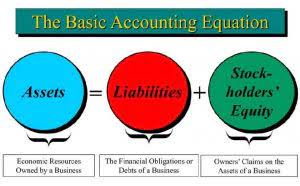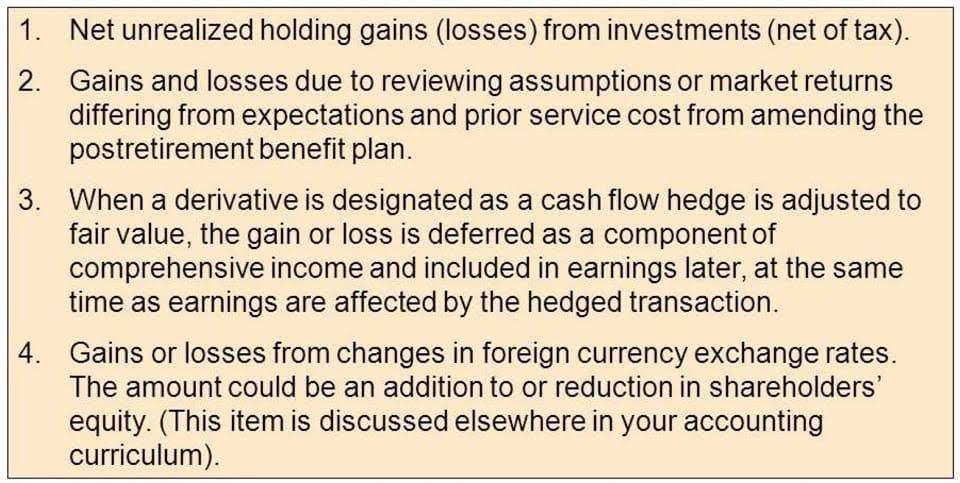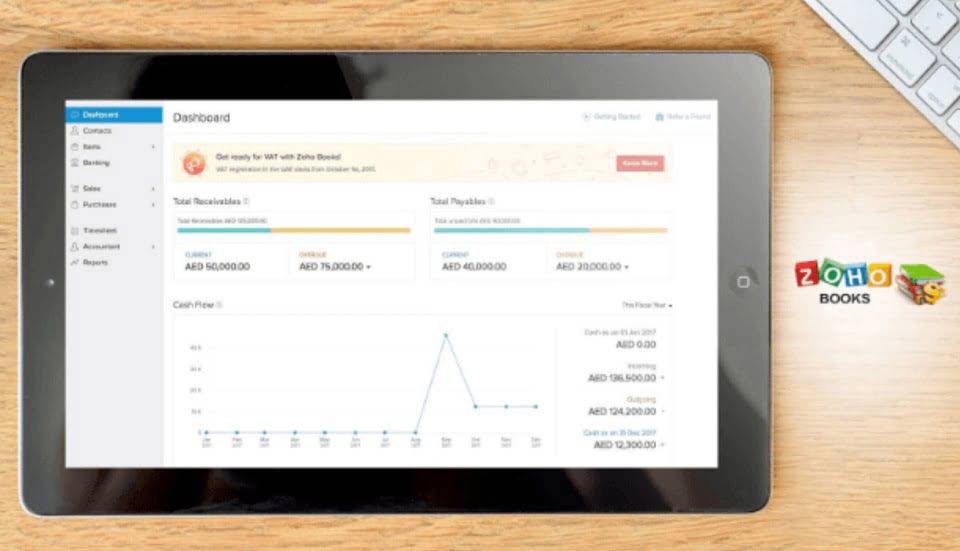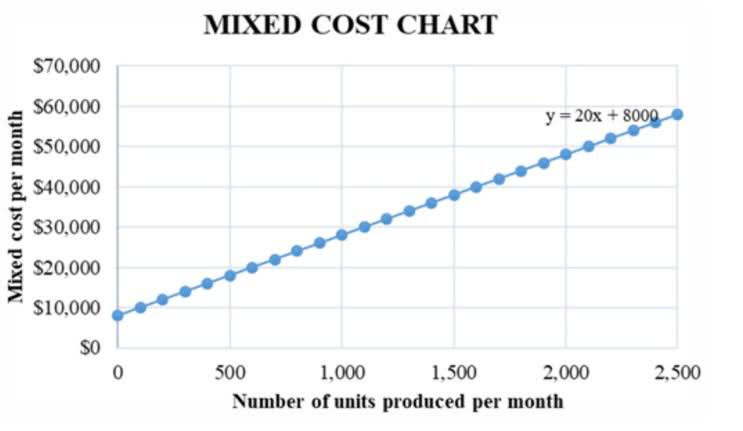The discounted payback period is the number of years it takes to pay back the initial investment after discounting cash flows. how to start a bookkeeping business In Excel, create a cell for the discounted rate and columns for the year, cash flows, the present value of the cash flows, and the cumulative cash flow balance. Input the known values (year, cash flows, and discount rate) in their respective cells.
The payback period also facilitates side-by-side analysis of two competing projects. If one has a longer payback period than the other, it might not be the better option. To determine how to calculate payback period in practice, you simply divide the initial cash outlay of a project by the amount of net cash inflow that the project generates each year. For the purposes of calculating the payback period formula, you can assume that the net cash inflow is the same each year. Financial analysts will perform financial modeling and IRR analysis to compare the attractiveness of different projects. Payback period is used not only in financial industries, but also by businesses to calculate the rate of return on any new asset or technology upgrade.
Use Excel’s present value formula to calculate the present value of cash flows. Longer payback periods are not only more risky than shorter ones, they are also more uncertain. The longer it takes for an investment to earn cash inflows, the more likely it is that the investment will not breakeven or make a profit. Since most capital expansions and investments are based on estimates and future projections, there’s no real certainty as to what will happen to the income in the future.
Pros of payback period analysis
As you can see there is a heavy focus on financial modeling, finance, Excel, business valuation, budgeting/forecasting, PowerPoint presentations, accounting and business strategy. In addition, the potential returns and estimated payback time of alternative projects the company could pursue instead can also be an influential determinant in the decision (i.e. opportunity costs). Payback focuses on cash flows and looks at the cumulative cash flow of the investment up to the point at which the original investment has been recouped from the investment cash flows.
Interested in automating the way you get paid? GoCardless can help
For instance, Jim’s buffer could break in 20 weeks and need repairs requiring even further investment costs. That’s why a shorter payback period is always preferred over a longer one. The more quickly the company can receive its initial cost in cash, the more acceptable and preferred the investment becomes. Using the payback period to assess risk is a good starting point, but many investors prefer capital budgeting formulas like net present value (NPV) and internal rate of return (IRR).
Maybe you’d like to purchase a new building, but you’re unsure if the savings will be worth the investment. Capital equipment is purchased to increase cash flow by saving money or earning money from the asset purchased. For example, let’s say you’re currently leasing space in a 25-year-old building for $10,000 a month, but you can purchase a newer building for $400,000, with payments of $4,000 a month. Unlike other methods of capital budgeting, the payback period ignores the time value of money (TVM).
Payback Period: Definition, Formula, and Calculation
- For the purposes of calculating the payback period formula, you can assume that the net cash inflow is the same each year.
- It’s important to note that not all investments will create the same amount of increased cash flow each year.
- The table is structured the same as the previous example, however, the cash flows are discounted to account for the time value of money.
- However, based solely on the payback period, the firm would select the first project over this alternative.
- If one has a longer payback period than the other, it might not be the better option.
Generally, a long payback period is determined by your own comfort level – as long as you are paying off one investment, you’ll be less able to invest in newer, promising opportunities. Obviously, the longer it takes an investment to recoup its original cost, the more risky the investment. In most cases, a longer payback period also means a less lucrative investment as well.
One project might be paid back faster, but – in the long run – that doesn’t necessarily make it more profitable than the second. Some investments take time to bring in potentially higher cash inflows, but they will be overlooked when using the payback method alone. Keep in mind that the cash payback period principle does not work with all types of investments like stocks and bonds equally as well as it does with capital investments.
Calculating the payback period is also useful in financial forecasting, where you can use the net cash flow formula to determine how quickly you can recoup your initial investment. Whether you’re using accounting software in your business or are using a manual accounting system, you can easily calculate your payback period. The payback period is the amount of time (usually measured in years) it takes to recover an initial investment outlay, as measured in after-tax cash flows. It is an important calculation used in capital budgeting to help evaluate capital investments. For example, if a payback period is stated as 2.5 years, it means it will take 2½ years to receive your entire initial investment back. For example, a firm may decide to invest in an asset with an initial cost of $1 million.
The discounted payback period is often used to better account for some of the shortcomings, such as using the present value of future cash flows. For this reason, the simple payback period may be favorable, while the discounted payback period might indicate an unfavorable investment. But there are a few important disadvantages that disqualify the payback period from being a primary factor in making investment decisions. First, it ignores the time value of money, which is a critical component of capital budgeting.
The implications of this are that firms may choose investments with shorter payback periods at the expense of profitability. Investors may use payback in conjunction with return on investment (ROI) to determine whether or not to invest or enter a trade. Corporations and business managers also use the payback period to evaluate the relative favorability of potential projects in conjunction with tools like IRR or NPV. The breakeven point is the price or value that an investment or project must rise to cover the initial costs or outlay. Payback period is a quick and easy way to assess investment opportunities and risk, but instead of a break-even analysis’s units, payback period is expressed in years. The shorter the payback period, the more attractive the investment would mantra synonym be, because this means it would take less time to break even.
This concept states that money would be worth more today than the same amount in the future, due to depreciation and earning potential. While the payback period shows us how long it takes for the return on investment, it does not show what the return on investment is. Referring to our example, cash flows continue beyond period 3, but they are not relevant in accordance with the decision rule in the payback method. The Payback Period measures the amount of time required to recoup the cost of an initial investment via the cash flows generated by the investment. Are you still undecided about investing in new machinery for your manufacturing business? Perhaps you’re torn between two investments and want to know which one can be recouped faster?












